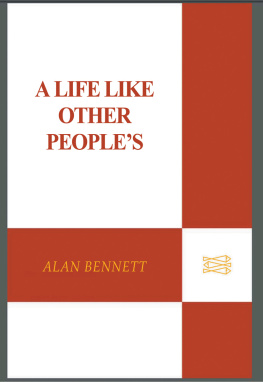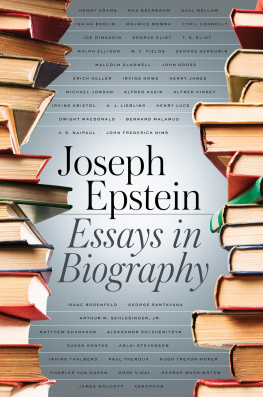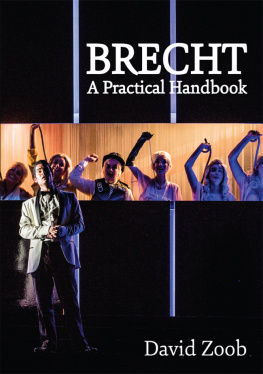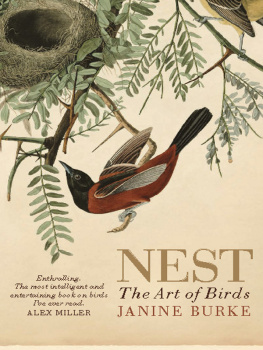END-OF-LIFE CARE: A SERIES
Series editor: Virginia E. Richardson
We all confront end-of-life issues. As people live longer and suffer from more chronic illnesses, all of us face difficult decisions about death, dying, and terminal care. This series aspires to articulate the issues surrounding end-of-life care in the twenty-first century. It will be a resource for practitioners and scholars who seek information about advance directives, hospice, palliative care, bereavement, and other death-related topics. The interdisciplinary approach makes the series invaluable for social workers, physicians, nurses, attorneys, and pastoral counselors.
The press seeks manuscripts that reflect the interdisciplinary, biopsychosocial essence of end-of-life care. We welcome manuscripts that address specific topics on ethical dilemmas in end-of-life care, death, and dying among marginalized groups, palliative care, spirituality, and end-of-life care in special medical areas, such as oncology, AIDS, diabetes, and transplantation. While writers should integrate theory and practice, the series is open to diverse methodologies and perspectives.
Joan Berzoff and Phyllis R. Silverman, Living with Dying: A Handbook for End-of-Life Healthcare Practitioners
Virginia E. Richardson and Amanda S. Barusch, Gerontological Practice for the Twenty-first Century: A Social Work Perspective
Columbia University Press
Publishers Since 1893
New York Chichester, West Sussex
cup.columbia.edu
Copyright 2008 Columbia University Press
All rights reserved
E-ISBN 978-0-231-51785-0
Library of Congress Cataloging-in-Publication Data
Ray, Ruth E., 1954
Endnotes: an intimate look at the end of life / Ruth E. Ray.
p. cm.(End-of-life care : a series)
ISBN 978-0-231-14460-5 (cloth : alk. paper)ISBN 978-0-231-14461-2 (pbk. : alk. paper)978-0-231-51785-0 (ebook)
1. Love in old age. 2. Older peoplePsychology. 3. Man-woman relationships. 4. Gerontologists. 5. Death. I. Title. II. Series.
HQ1061.R32 2008
306.70846dc22
2007046527
A Columbia University Press E-book.
CUP would be pleased to hear about your reading experience with this e-book at .
Endnotes, for academic researchers, are the supplemental references and comments that appear at the end of a scholarly paper. In this book, I describe events that occurred at the end of a research project that took place during the summer and fall of 1996. Endnotes is about my relationship with one man who participated in the study and who later became my close friend. To be frank, I fell in love with this man, and he fell in love with me. As it turns out, then, Endnotes is a love story, told from the perspective of a midlife woman, a feminist, and a gerontologist working to befriend old age. I offer it as homage to my friend Paul and to all people who live in nursing homes.
I call Endnotes a memoir because I have drawn on personal recollections, along with some of Pauls life stories, to construct the story of our relationship. Literary critic Nancy K. Miller defines memoirs as documents about building an identityhow we come to be who we are as individuals, which, for women writers especially, often involves the authors writing herself in and out of others stories. Millers understanding of memoir as a dialogue enacted with other selves is what I have tried to create here. By retelling Pauls stories and re-creating shared experiences in the form of conversations, I illustrate who Paul was at the end of his life, as well as who I was in relationship to Paul.
Memoirs take many shapes and have fluid boundaries, often combining autobiography and biography. Since memoir encompasses both acts of memory and acts of recordingpersonal reminiscences and documentation, it is both fictional and nonfictional, which is to say that while everything in this book is true, I have certainly not remembered or recorded all that happened, and I have combined and rearranged events to suit my purposes. Hopefully, I have taken the best aspects of several different kinds of textsautobiography, biography, reminiscence and life review, personal essay, ethnographic research reportto create a text that is informative and enlightening to a variety of readers, including those who previously have shown little interest in aging or old age.
In 1996, I was just beginning my career in gerontology. While trying to understand the experiences of aging through my research and through interactions with old people, I was also exploring my new identity as an age researcher. I was forty-two years old and in the midst of an academic career move from English professor to gerontologist. I had no idea where this intellectual journey would lead or what kind of gerontologist I would become. Gerontology as a discipline was (and still is) driven by the medical professions and the social sciences. As an English professor trained in rhetoric and linguistics, I had to determine for myself what role I might play in generating knowledge about old age. My feminist ethic required that I engage in some form of praxisan integration of research, theory, and practicethat would generate positive consequences for the people and places I studied. In Harry R. Moodys words, then, Endnotes explores the subjectivity of the life world in a nursing homemerging research, theory, and personal experience with the intention of changing readers minds about the potential in old age.
In terms of the academic literature, this book fits within the categories of feminist gerontology and narrative gerontology. Feminist gerontologists conduct research and write theory to increase our understanding of gender differences and diversity in aging, old age, and age relations. This ambitious enterprise is my goal in writing Endnotes.
In 1996, however, I did not realize that deep emotional involvement would become central to my training as a gerontologist. At that time, I was facilitating writing groups in several senior centers and nursing homes, interviewing writers, recording how they interacted in these groups, and analyzing the form and content of their stories and storytelling. That summer, I had the opportunity to develop a writing group at the Bedford Nursing Home. The director of nursing asked a nurse researcher at the Wayne State University Institute of Gerontology to design an intervention to help residents in the nursing home deal with what the literature in nursing called relocation stress, a response to moving from one home to another. The old Bedford was to be abandoned for a new facility built on the same grounds, and residents were experiencing mixed emotionsexcitement, anxiety, anticipation, insecurity. I was a scholar-in-residence at the institute during my fellowship period, and the nurse researcher asked if I would develop writing groups to serve as the intervention. She and her graduate students proposed to conduct a scientific study around the groups, evaluating whether our sessions had any impact on residents mental or physical health. I was curious whether the researchers would find any scientific evidence to support the value of my writing groups, so I agreed to participate.











